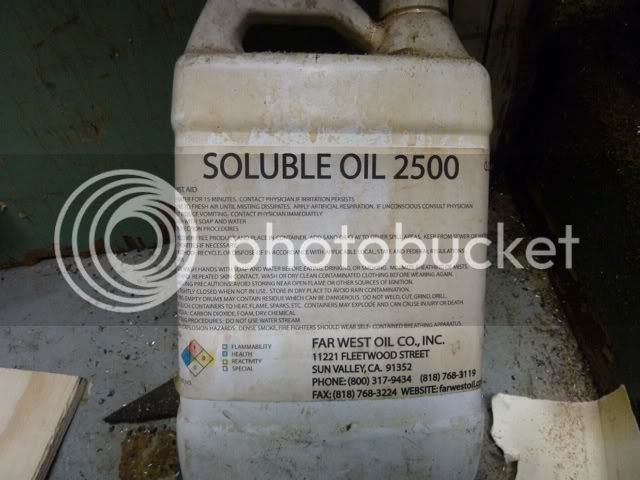Don't know if everyone has, I started with the Napa cutting oil and it worked in application but as another poster said the Napa affected storage, it seemed my treated patch didn't work well after just a few months storage.Rat Trapper said:So has everyone now gone to Ballistol now that the orginal cutting oil is no longer avaiable??
Not really, the thickness of the fabric you use is a variable.Is there one ratio between ballistol and water that gives the best results?
Start with short sections of fabric (enough for 5 shots) your testing for group anyway's.
For the experiment;
I'll mix with a tablespoon measure something like 1 oil - 5 water,, dip/saturate the cloth and lightly run it through your fingers,,
Then add 1 more water to make 1-6,, repeat
Then add 1 more water to make 1-7,, repeat
The most common error I've seen guy's do is squeezing too much of the lube/water mix out of the fabric before drying,, if it's all squeezed out not enough of the lube is left on the fabric.
Run a strip lightly through your fingers and leave the fabric saturated.
I'll lay out aluminum foil on a flat board for the evaporation phase. Overnight to 24hrs is usually enough, I'll flip'm once during the process too.






